In Venice, the past and the present are intertwined in a way that can be hard to perceive as a tourist.

Many of us live in houses built in the Renaissance or even the Middle Ages. There’s nothing unusual about it because that’s the way Venice is. We all live in the past, so to say. Most of the urban fabric is from the 1400s and 1500s, and modern houses are the exception rather than the rule.
The Venetian palace above is from the late 1300s. It is in the early Venetian Gothic style, with some Byzantine elements retained.
It was, in the mid-1500s, the home of Sebastian Venier. He was the Capitan da Mar of the victorious Venetian fleet against the Ottoman Turks at the decisive battle of Lepanto on October 7th, 1571. The victory won him much recognition, and he later became Doge in 1577.
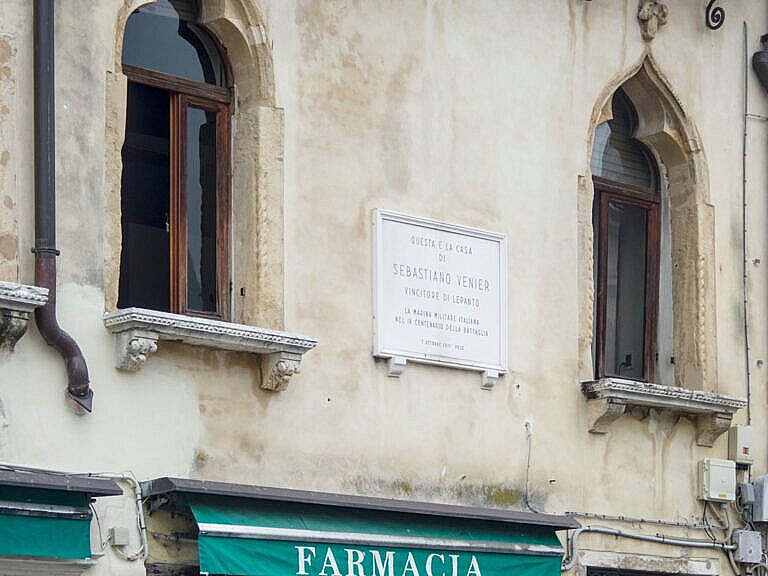
The plaque on the wall reads: “This is the house of Sebastiano Venier, victor at Lepanto. The Italian Navy, for the fourth centenary of the battle, October 7th, 1971, placed this.”
In any other city a building of that age and background would be a monument, maybe even a museum.
Here in Venice, it houses a pharmacy, a bar and on the first floor an ophthalmologist, where I had an appointment last week.
Outside – inside
So how does a Venetian aristocratic palace from the 1300s, once inhabited by one of the great heroes of Venetian history, look inside?
Well, if the outside of the house retains much of the original look, the inside doesn’t.
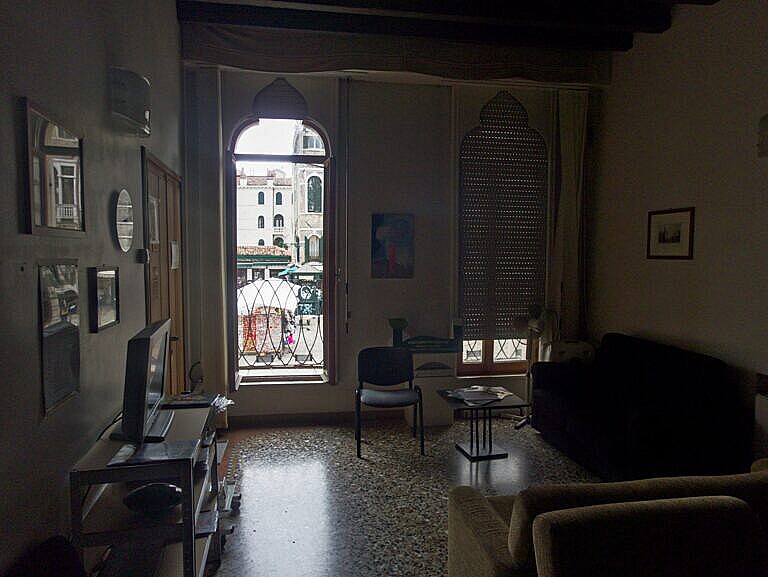
Even if you appreciate living in a historic building from the Middle Ages, you probably wouldn’t want to live as in the Middle Ages. The Middle Ages weren’t really very comfortable, according to our standards and expectations. Neither were the 1800s, for that matter.
As many people still say about Venice: It’s beautiful, but I wouldn’t live there. Much the same can be said of the past.
This is nothing new. It would have been just as true in any of the other centuries, ever since the palace was built. Our expectations change, and we modify our surroundings accordingly.
Consequently, almost all the ancient Venetian palaces and houses look more or less modern inside. When running water became available, people wanted running water. When indoor plumbing became available, people wanted indoor plumbing. Likewise with gas, glass windows, electricity, central heating, phone lines, double glazing, television antennas, and lately, optical fibres for fast internet.
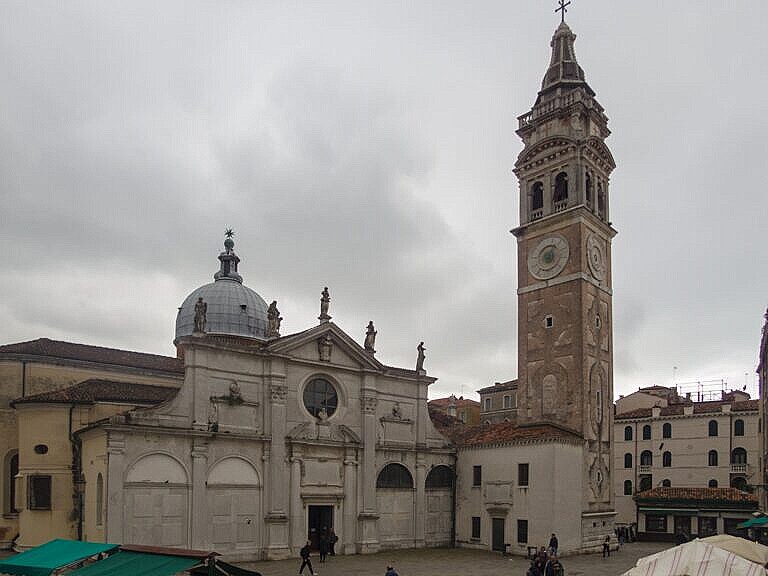
The inside of the ophthalmologist’s waiting room looks a bit like a living room from a few decades back, which it probably is.
The building is the same, with the Gothic windows and tall ceiling, but everything else has changed.
It has changed because we have, or rather, our expectations have.
On the other hand, if the room inside wouldn’t be even remotely recognisable to Sebastian Venier, the view from the window probably would.

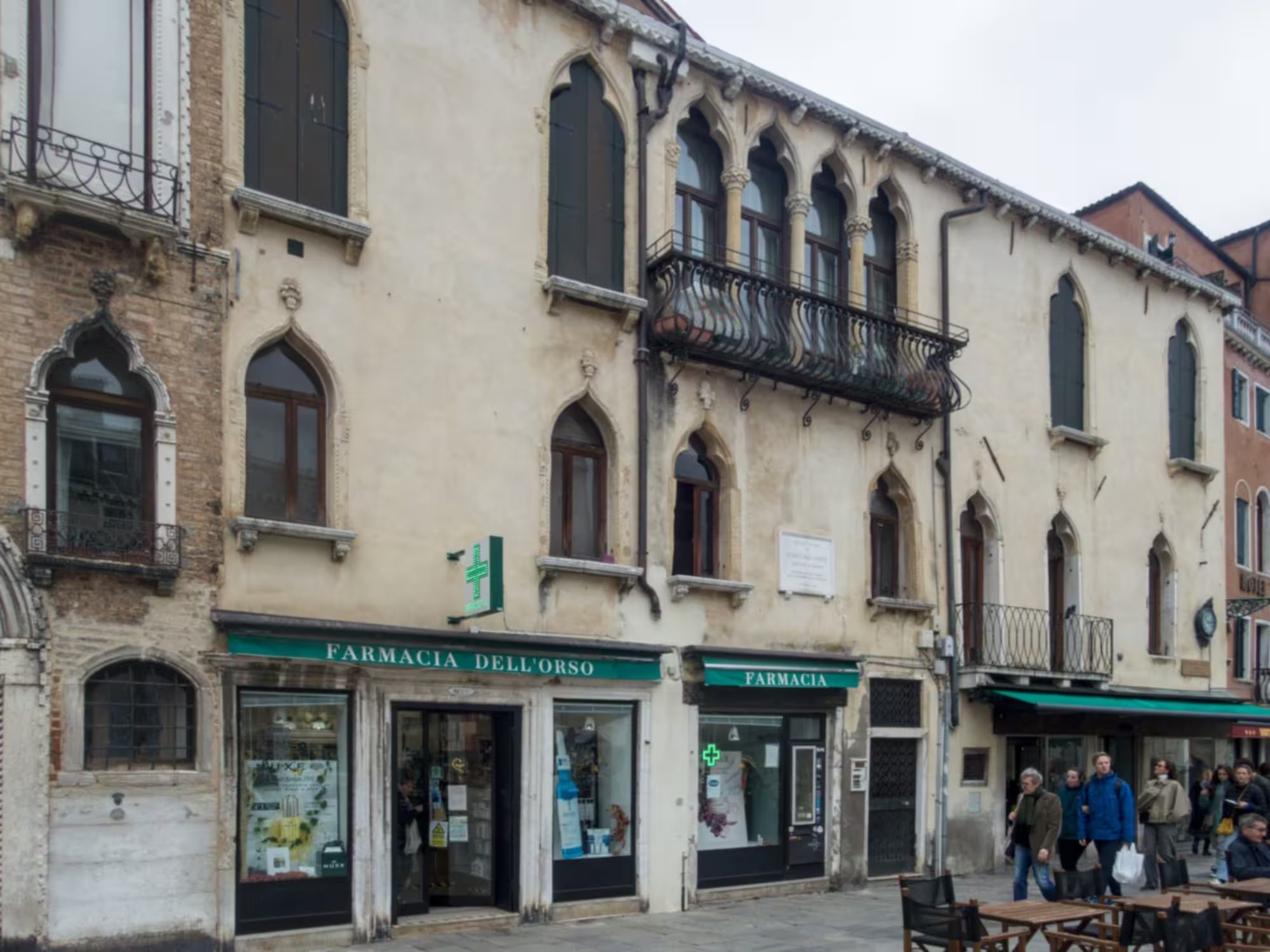
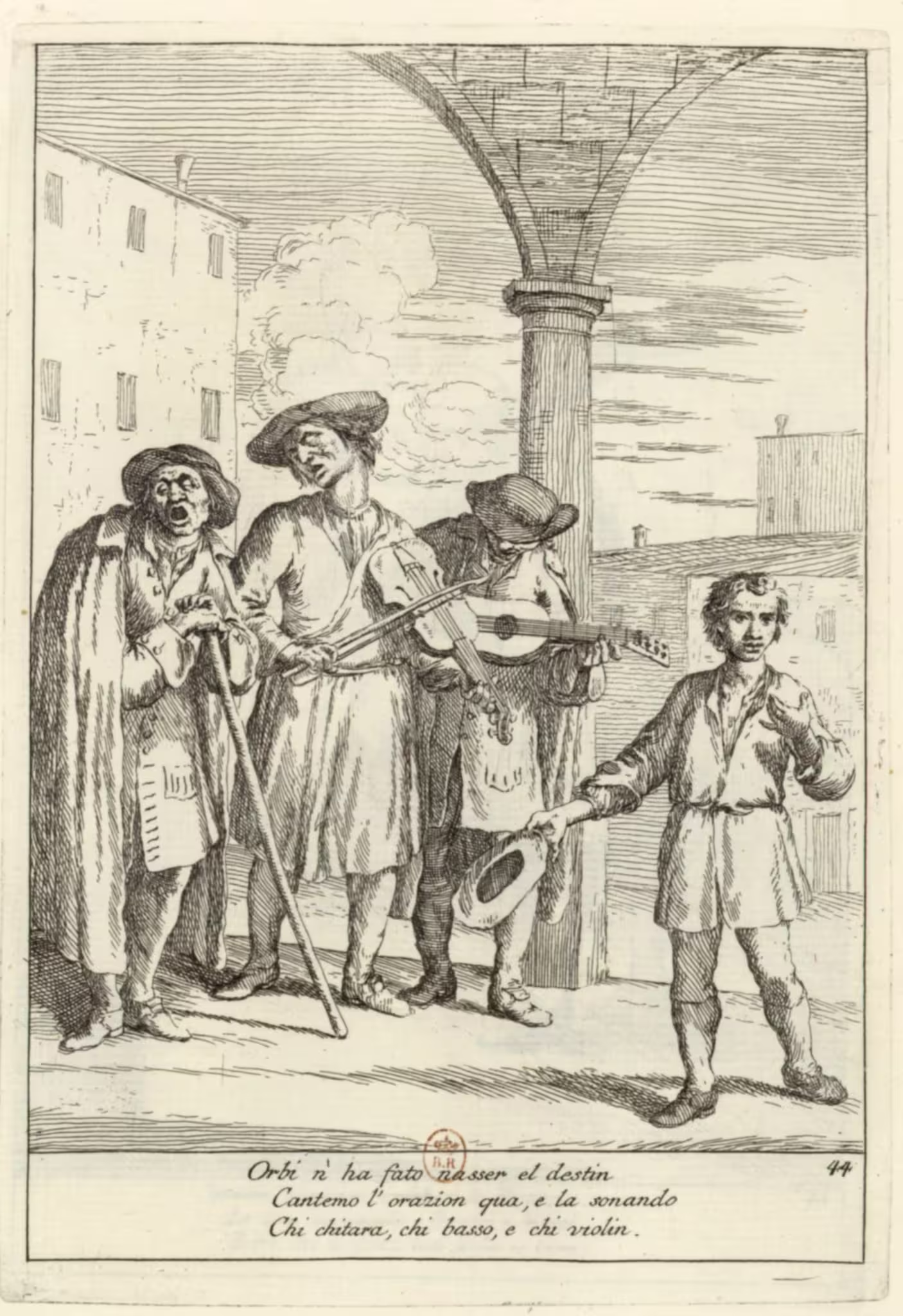
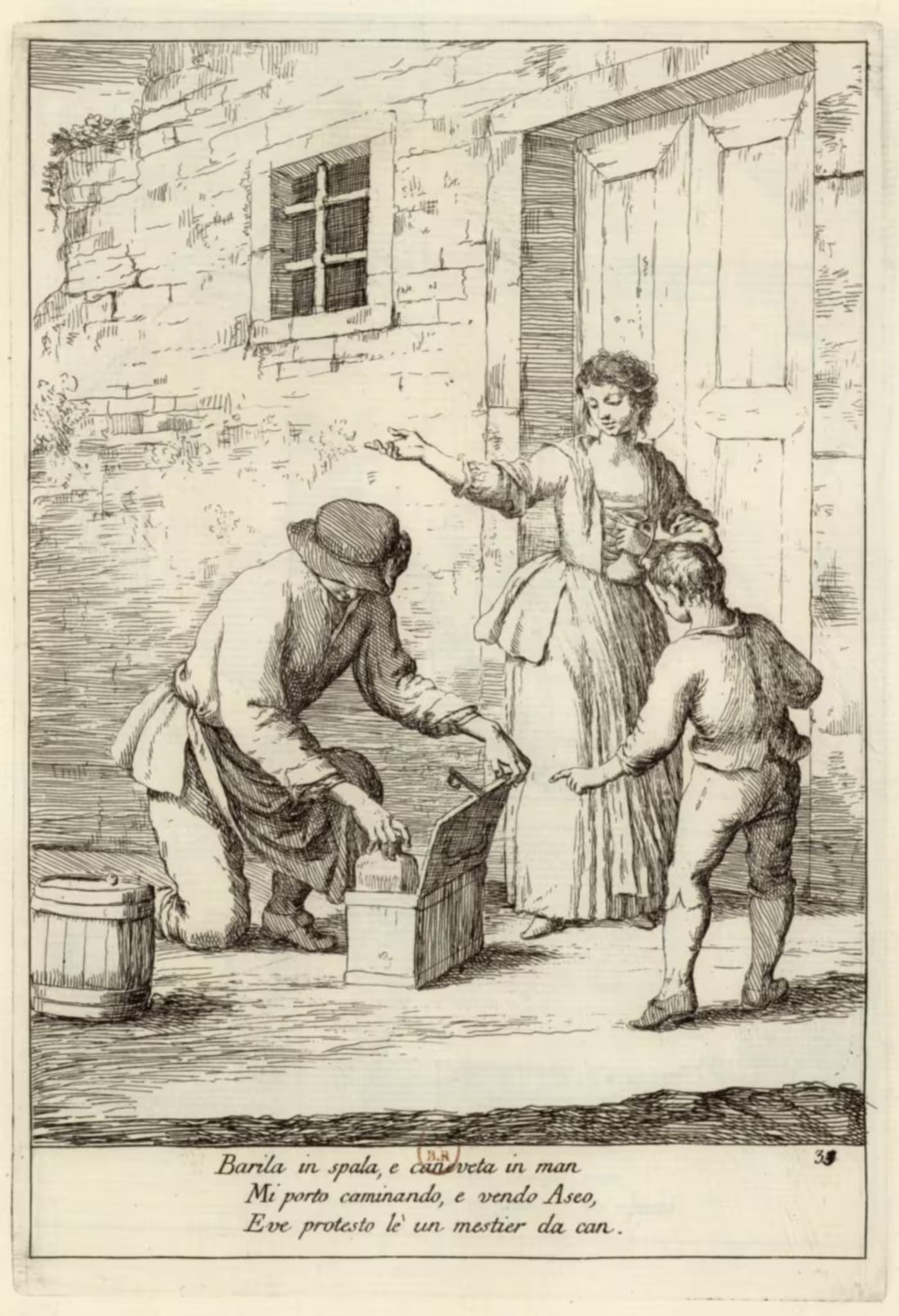

Leave a Reply